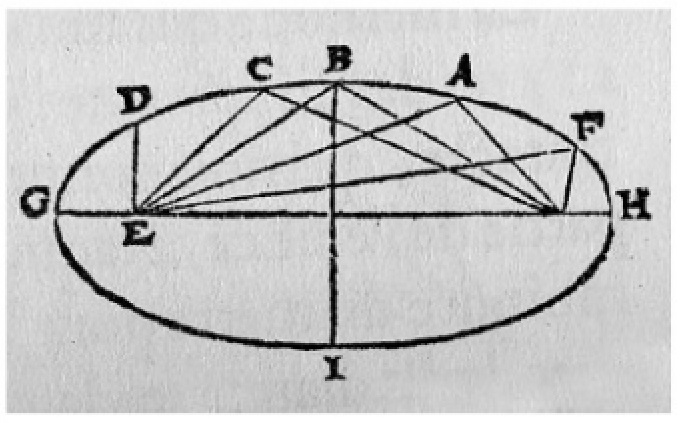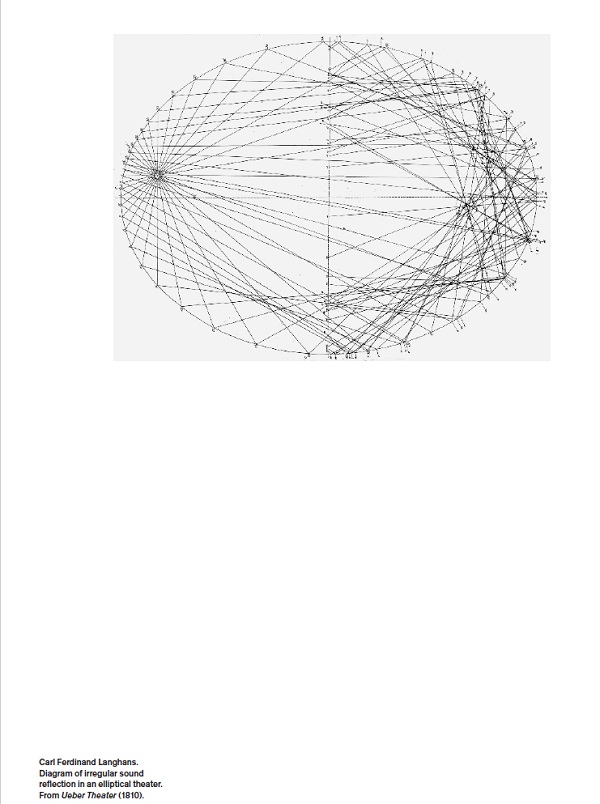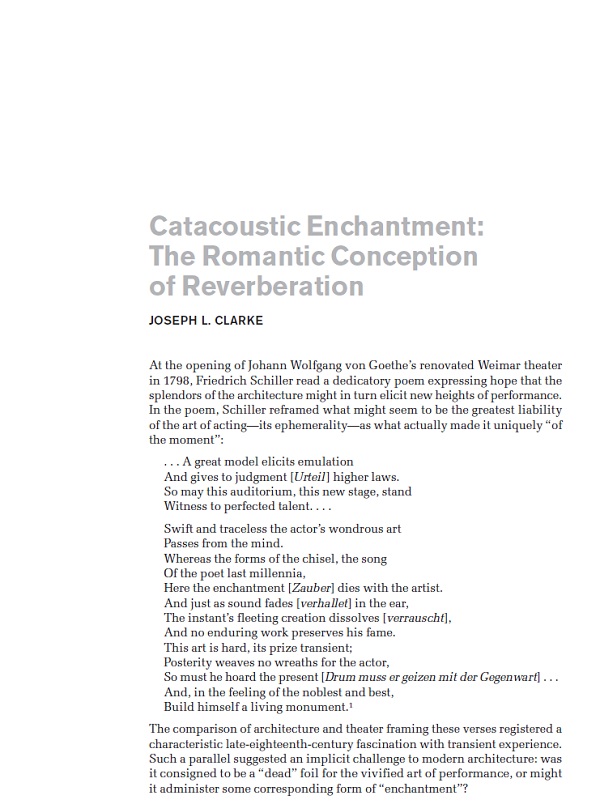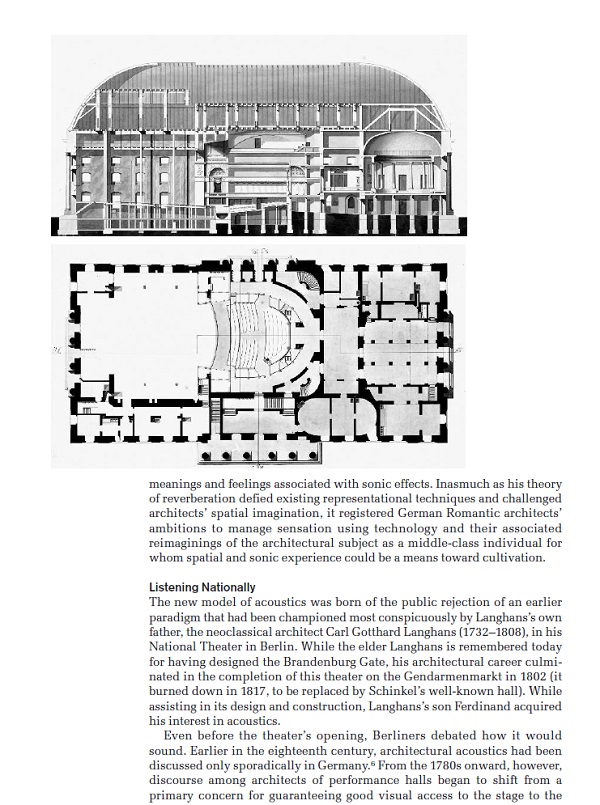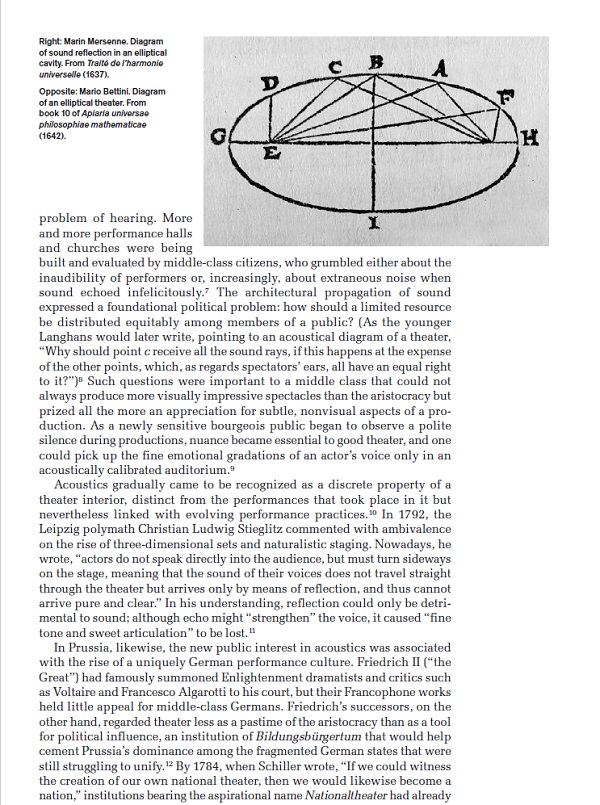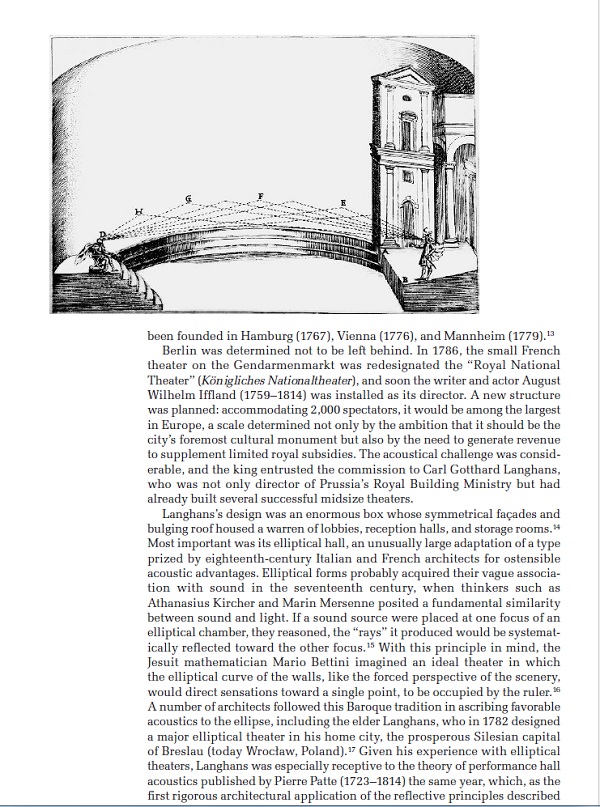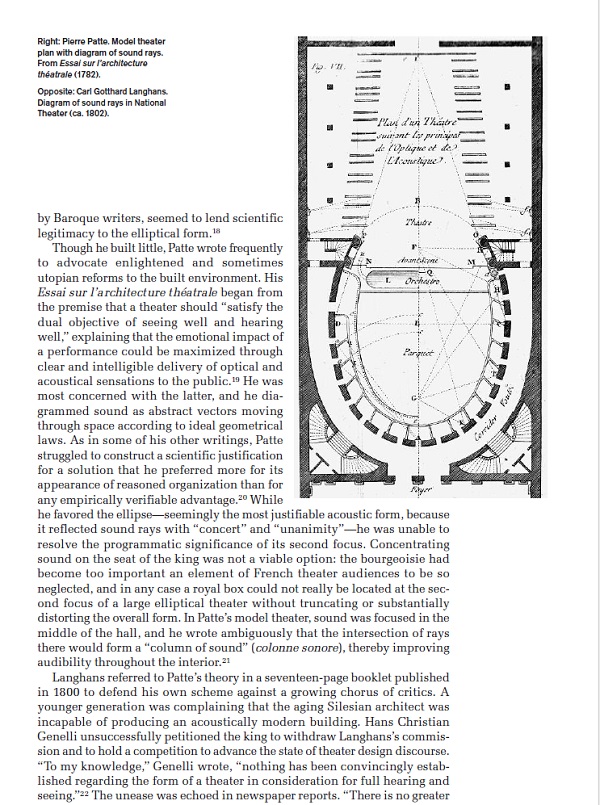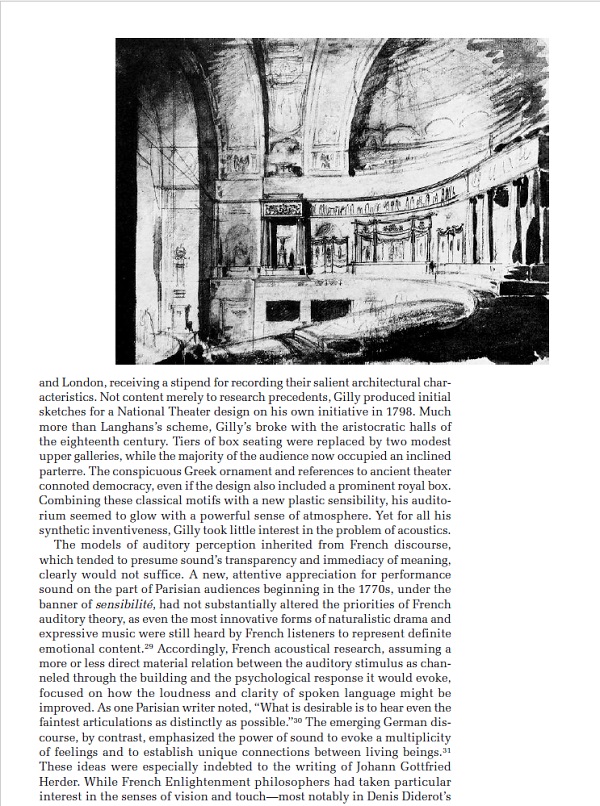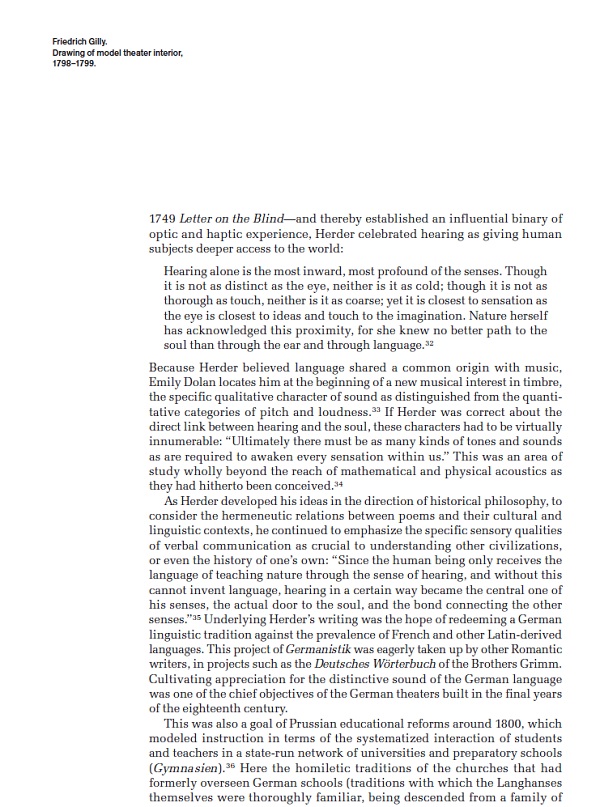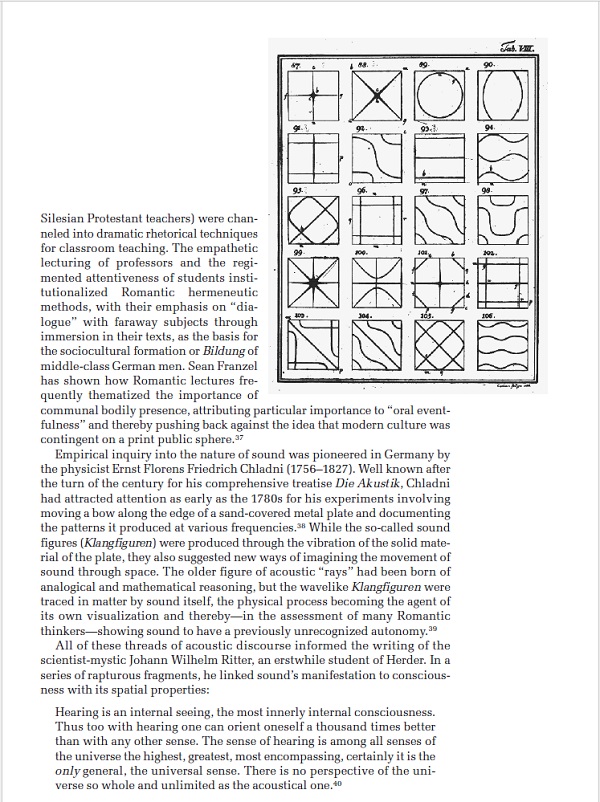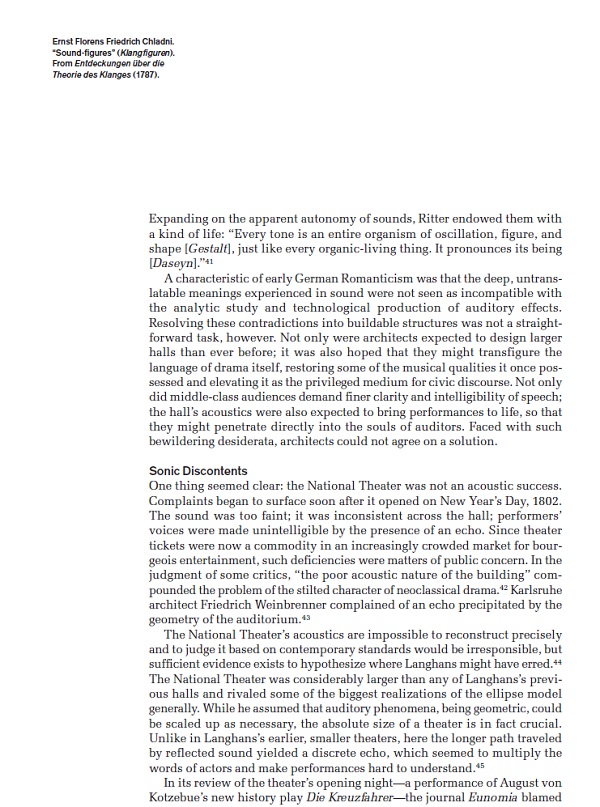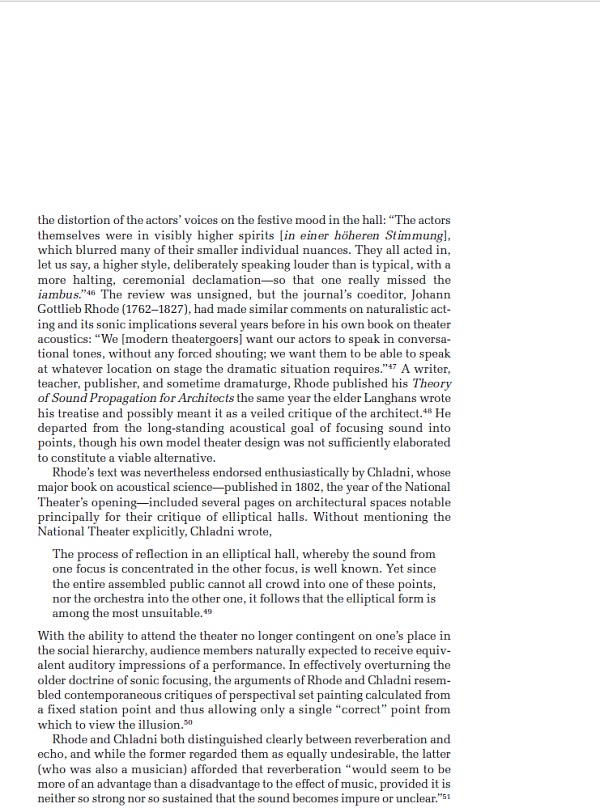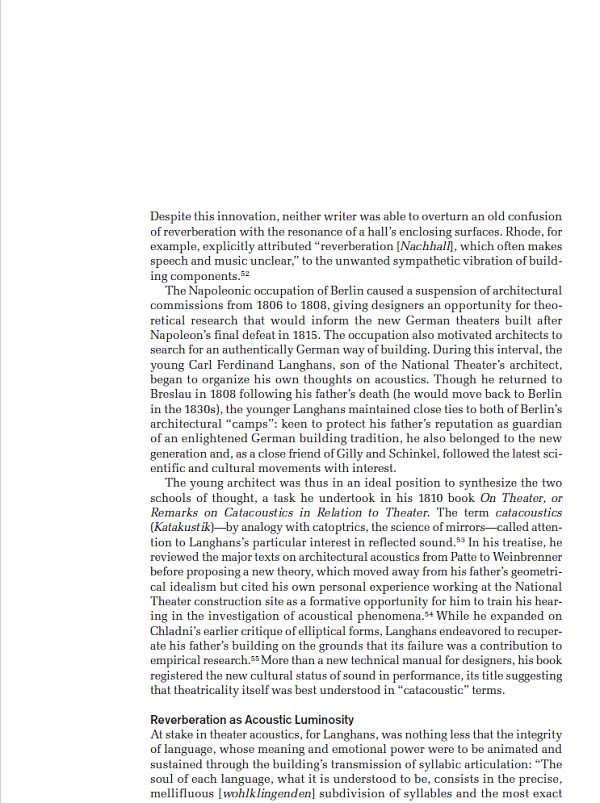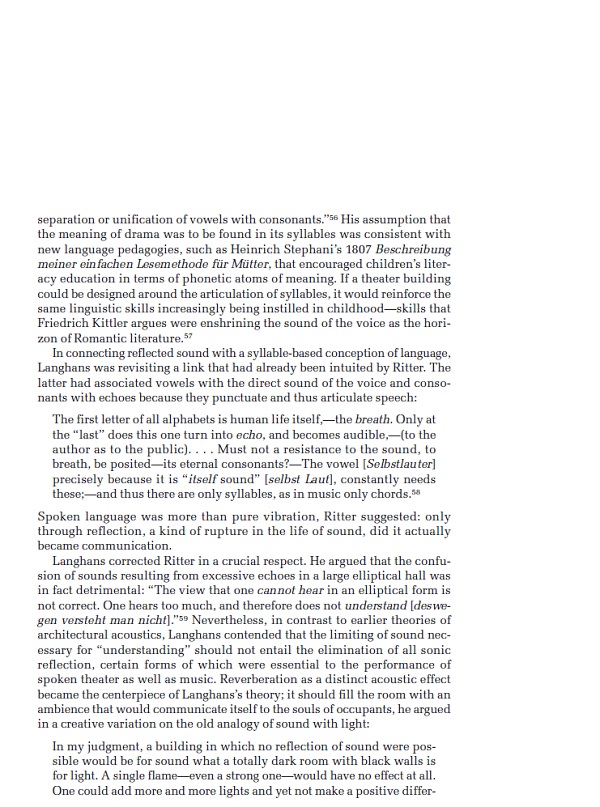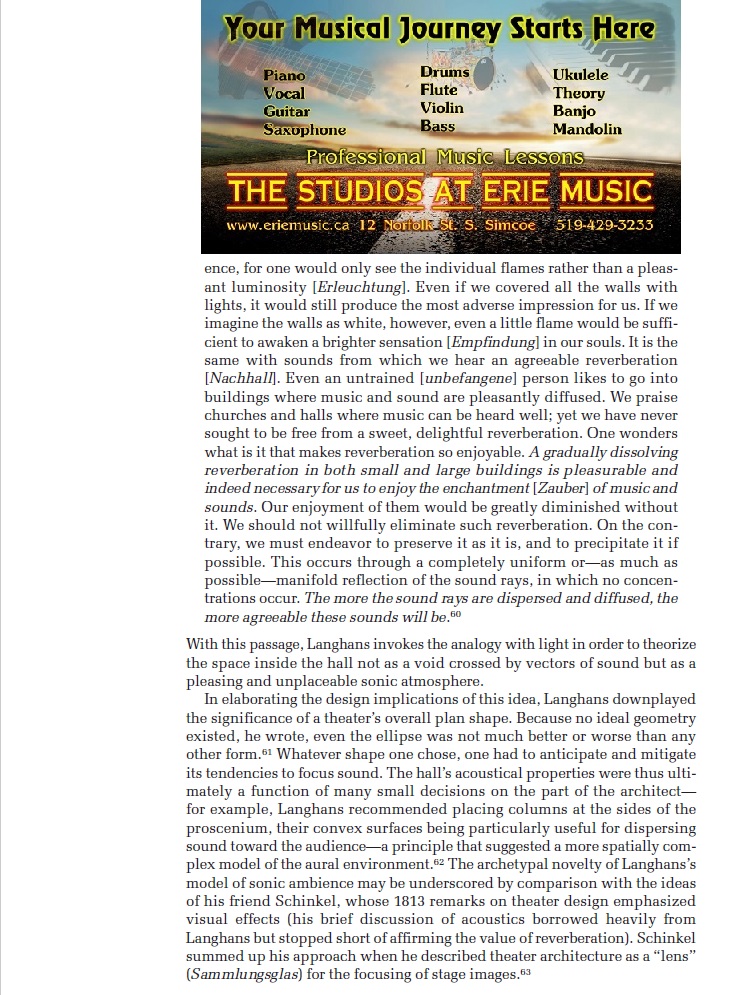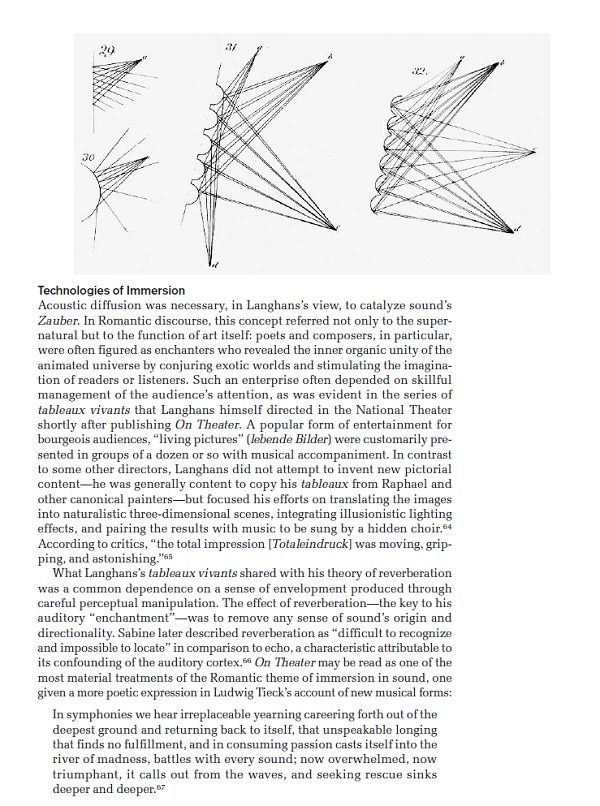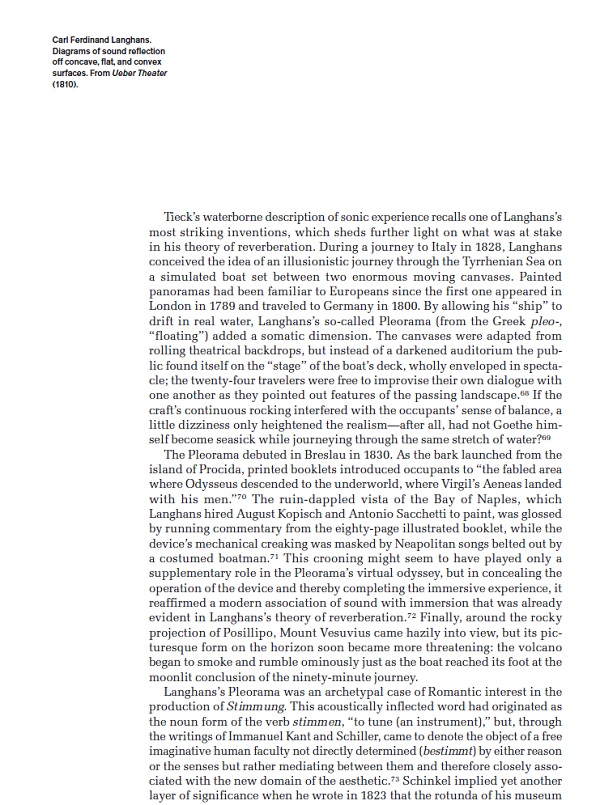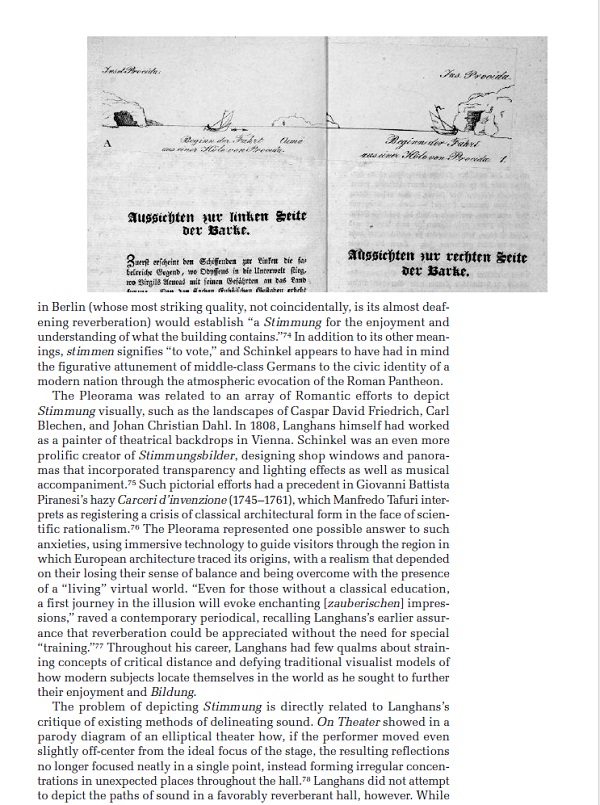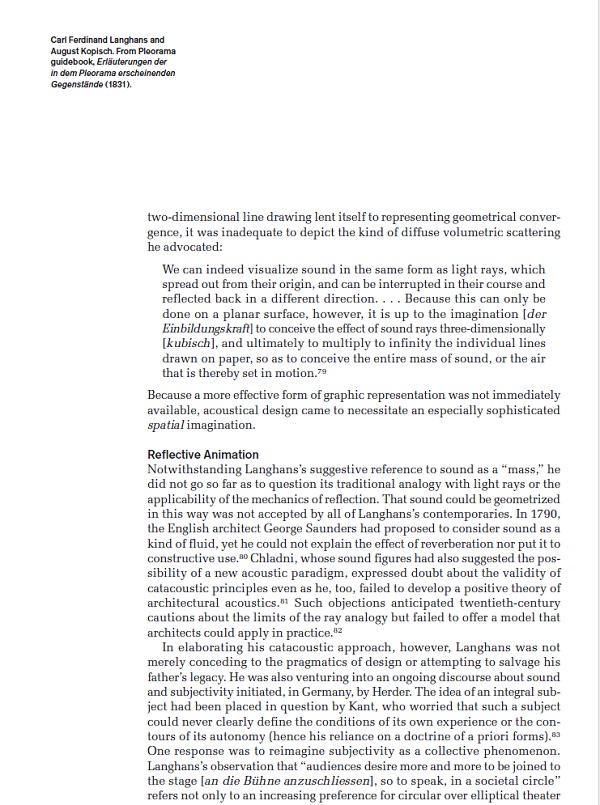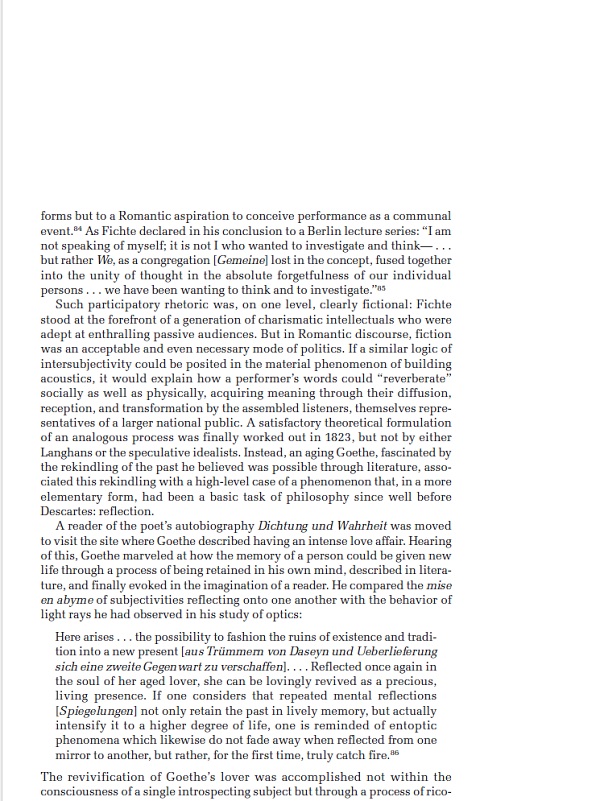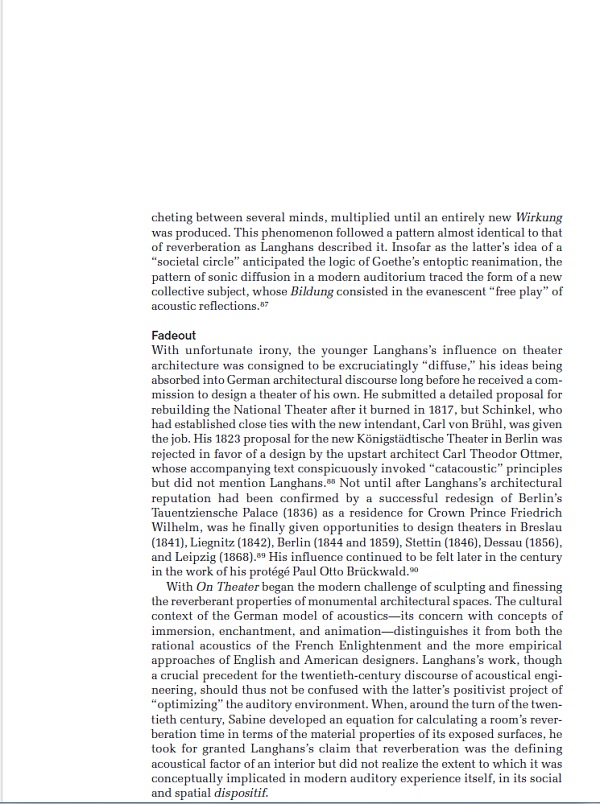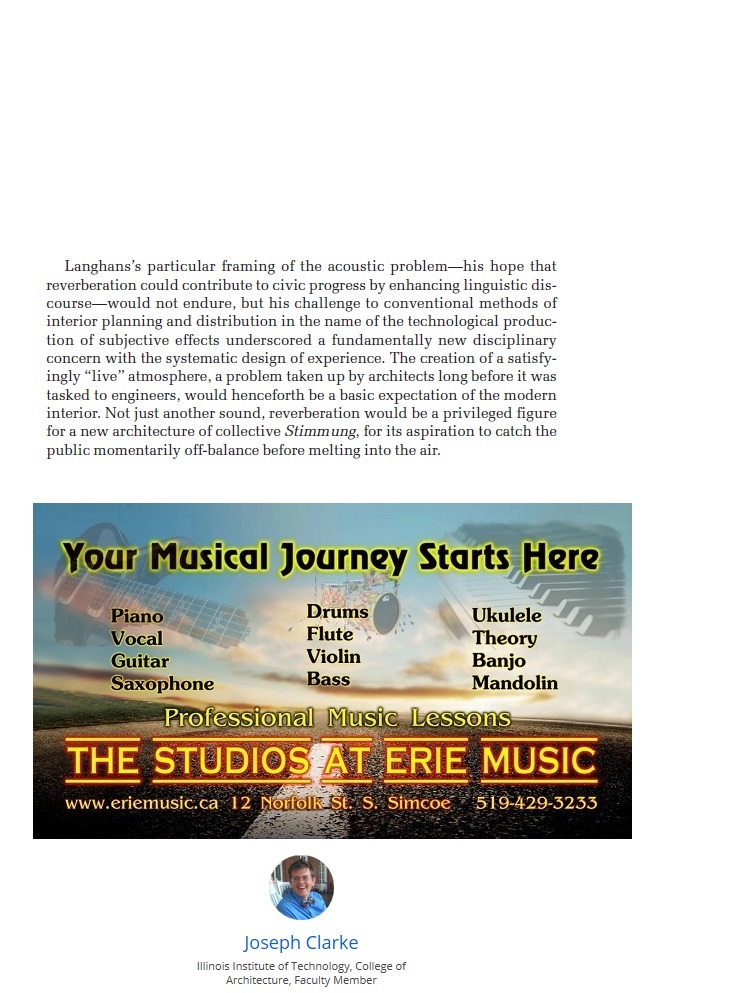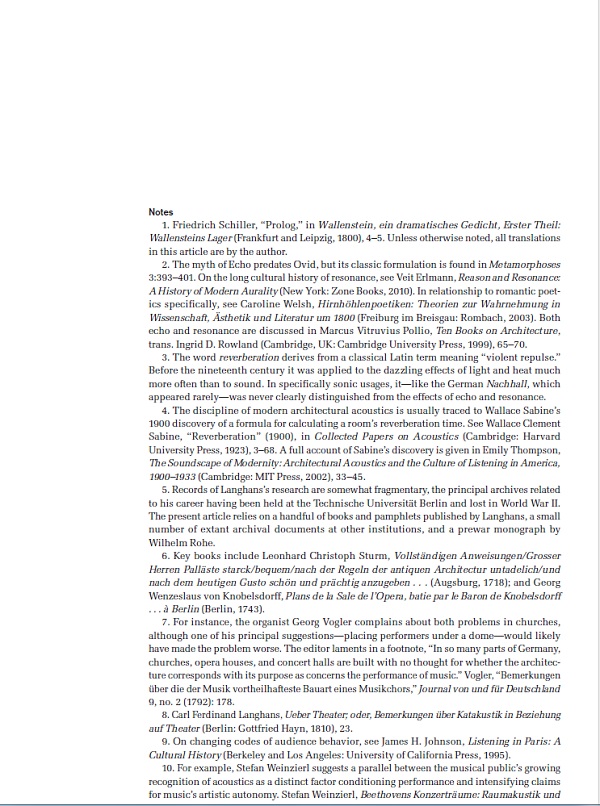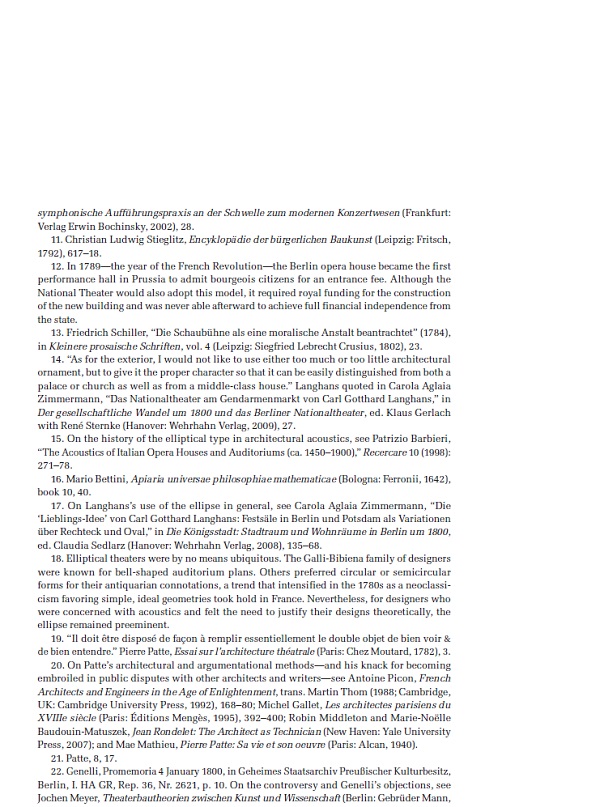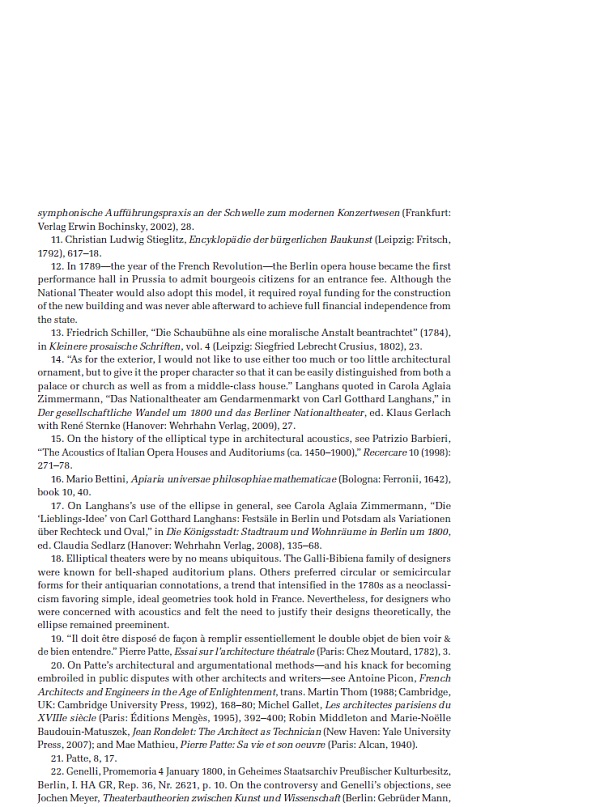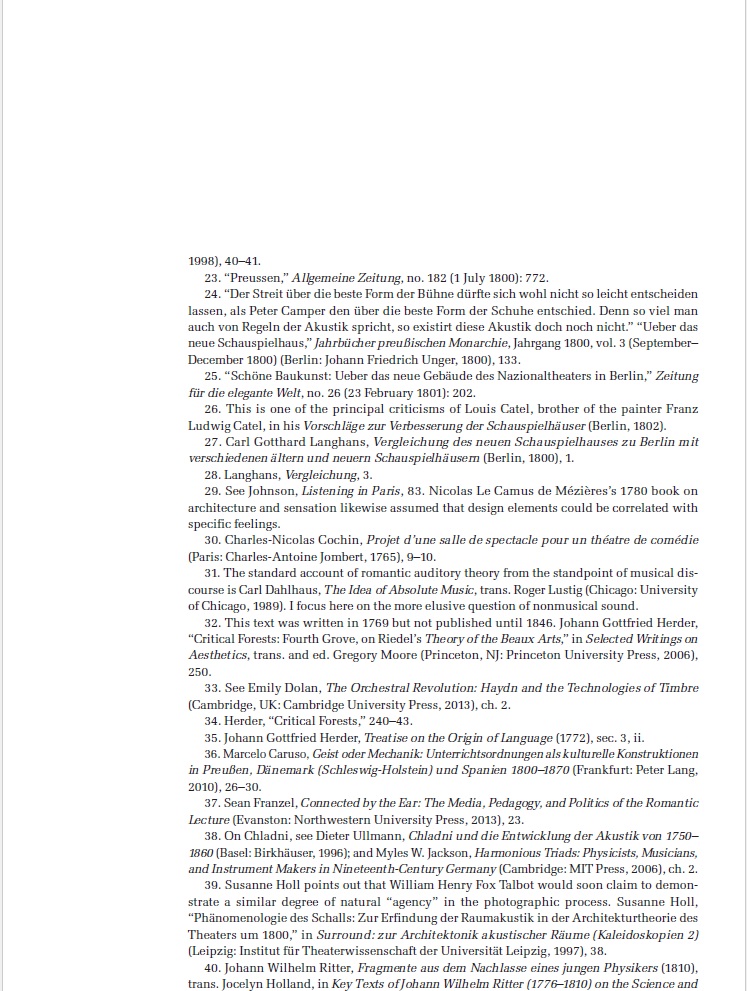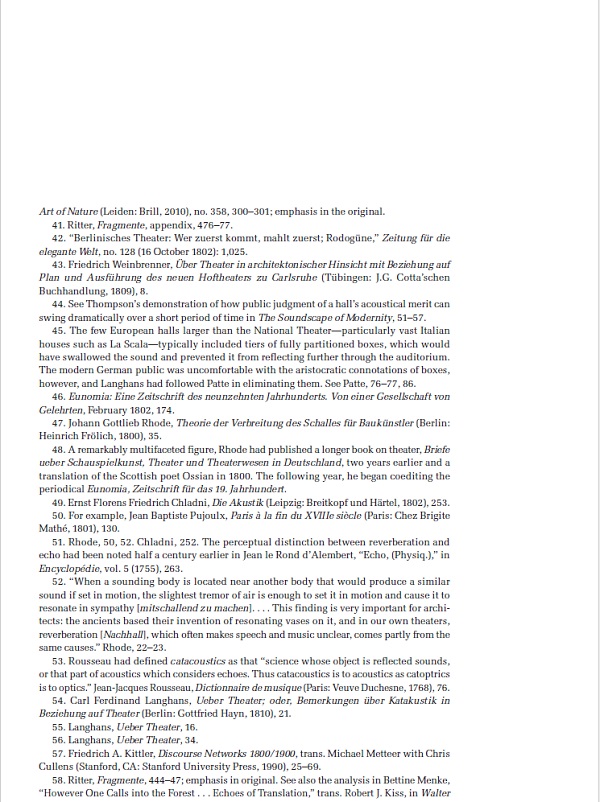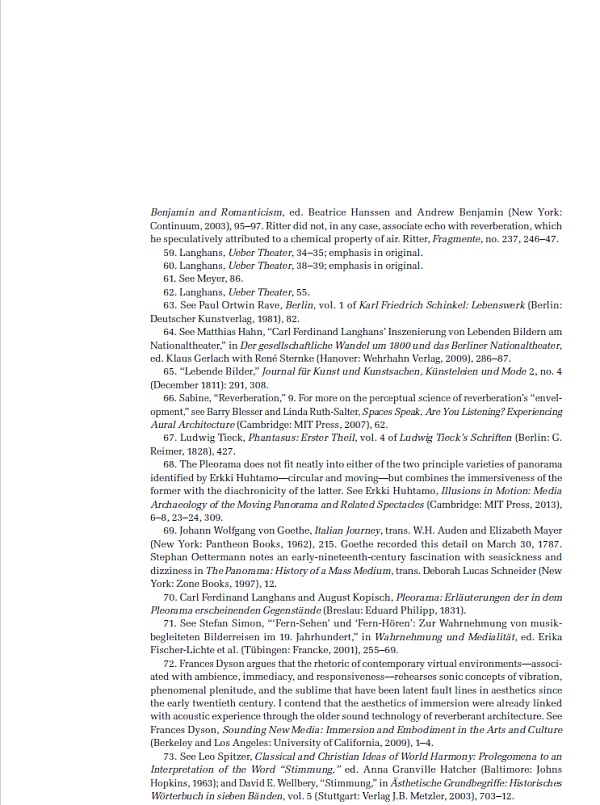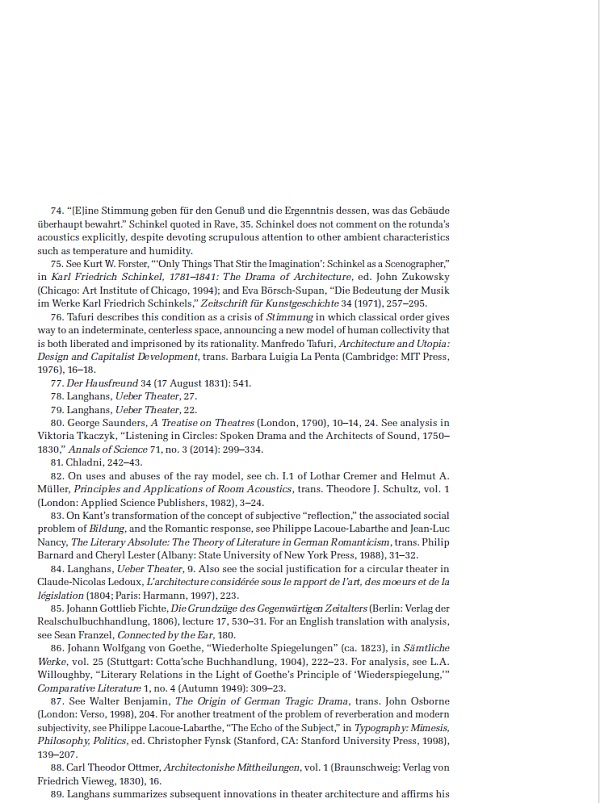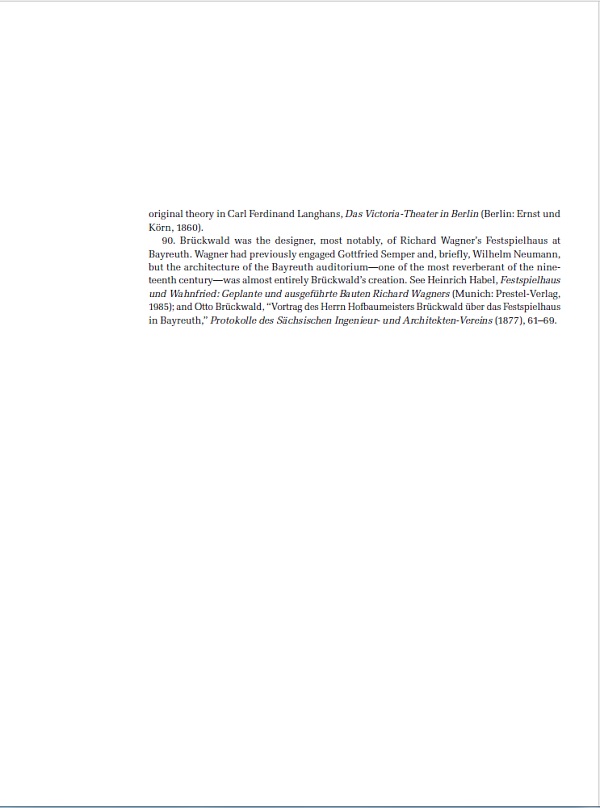The new findings bring the total number of UAP cases under review to more than 1,600 as of June 2024.

There were 757 reports of unidentified anomalous phenomena (UAP) between May 2023 and June 2024, according to an unclassified Department of Defense (DOD) report released on Nov. 14.
Congress mandated the annual report by the DOD’s All-Domain Anomaly Resolution Office (AARO), which is tasked with studying and cataloging reports of UAPs, formerly referred to as UFOs.
The report said that AARO received 757 UAP reports from May 1, 2023, to June 1, 2024, and “485 of these reports featured UAP incidents that occurred during the reporting period.”
“The remaining 272 reports featured UAP incidents that occurred between 2021 and 2022 but were not reported to AARO until this reporting period and consequently were not included in previous annual UAP reports,” the report reads.
The new findings bring the total number of UAP cases under AARO review to more than 1,600 as of June.
AARO Director Jon Kosloski said at a Nov. 14 media briefing that the findings have left investigators puzzled.
Related Stories
5 Takeaways From Congressional UFO Hearing


“There are interesting cases that I, with my physics and engineering background and time in the [intelligence community], I do not understand,“ Kosloski said. ”And I don’t know anybody else who understands them either.”
Some cases were later resolved, with 49 determined to be sightings of common objects such as balloons, birds, and unmanned aerial systems. Another 243, also found to be sightings of ordinary objects, were recommended for closure by June. However, 444 were deemed inexplicable and lacking sufficient data, so they were archived for future investigation.
Notably, 21 cases were considered to “merit further analysis” because of anomalous characteristics and behaviors.
Despite the unexplained incidents, the office noted that it “has discovered no evidence of extraterrestrial beings, activity, or technology.”
The report said UAP cases often had consistent patterns, described as having unidentified lights and as orb-shaped or otherwise round objects with distinct visual traits.
Of the new cases, 81 were reported in U.S. military operating areas, and three reports from military air crews described “pilots being trailed or shadowed by UAP.”
The Federal Aviation Administration reported 392 unexplained sightings among the 757 reports made since 2021.
In one such case, the AARO resolved a commercial pilot’s sighting of white flashing lights as a Starlink satellite launched from Cape Canaveral, Florida.
“AARO is investigating if other unresolved cases may be attributed to the expansion of the Starlink and other mega-constellations in low earth orbit,” the report states.
The AARO report maintains that none of the resolved cases has substantiated “advanced foreign adversarial capabilities or breakthrough aerospace technologies.” The document also states that the AARO will immediately notify Congress if any cases indicate such characteristics, which could suggest extraterrestrial involvement.
The report emphasized the AARO’s “rigorous scientific framework and a data-driven approach” and safety measures while investigating these phenomena.
UAP Hearing
The report was released a day after a House Oversight Committee hearing titled “Unidentified Anomalous Phenomena: Exposing the Truth,” during which witnesses alleged government secrecy surrounding the phenomena.
During the hearing, a former DOD official, Luis Elizondo, said, “Advanced technologies not made by our government or any other government are monitoring sensitive military installations around the globe.”
He testified that the government has operated secret programs to retrieve UAP crash materials to identify and reverse-engineer alien technology.
“Furthermore, the U.S. is in possession of UAP technologies, as are some of our adversaries. I believe we are in the midst of a multi-decade secretive arms race, one funded by misallocated taxpayer dollars and hidden from our elected representatives and oversight bodies,” Elizondo said.
“Although much of my government work on the UAP subject still remains classified, excessive secrecy has led to grave misdeeds against loyal civil servants, military personnel, and the public, all to hide the fact that we are not alone in the cosmos.
“A small cadre within our own government involved in the UAP topic has created a culture of suppression and intimidation that I have personally been victim to, along with many of my former colleagues.” For The Silo, Rudy Blalock/NTD.


